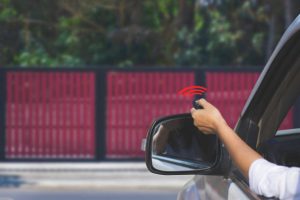Have you ever entered a building and a door immediately opened to welcome you? If so, a sliding door that opens automatically has probably been encountered. These cutting-edge gadgets have entirely changed how we access buildings by enabling simple entry and leave. So, How does an automatic sliding door work?
A control panel, sensors, and a motor are the three main parts that make up automatic sliding doors. The motor moves the door, and when persons or objects are detected, the door opens or closes due to the sensors’ detection. The control panel, on the other hand, controls the door’s many operations, such as varying the pace of the door and establishing access levels for various users.
An automatic sliding door’s sensors recognize a person’s presence as they approach and tell the door’s motor to open. This is done using infrared or microwave technology, which creates a beam of energy reflecting off things and persons in the entryway. The control panel receives a signal when the power is reflected in the sensors, activating the motor and opening the door.
Once they have entered or left the building, the sensors determine that the doorway is straightforward and instruct the motor to close it. Each time a person knocks on the door, the process is repeated, allowing for quick and effective hands-free access.
The majority of contemporary doors come with safety sensors that can identify whether there are persons or objects in the doorway and stop the door from closing if something is blocking it. This is done using infrared or microwave technology, which creates a beam of energy reflecting off things and persons in the entryway. The sensors can remember the power, sending a signal to the control panel that stops the door from closing.

